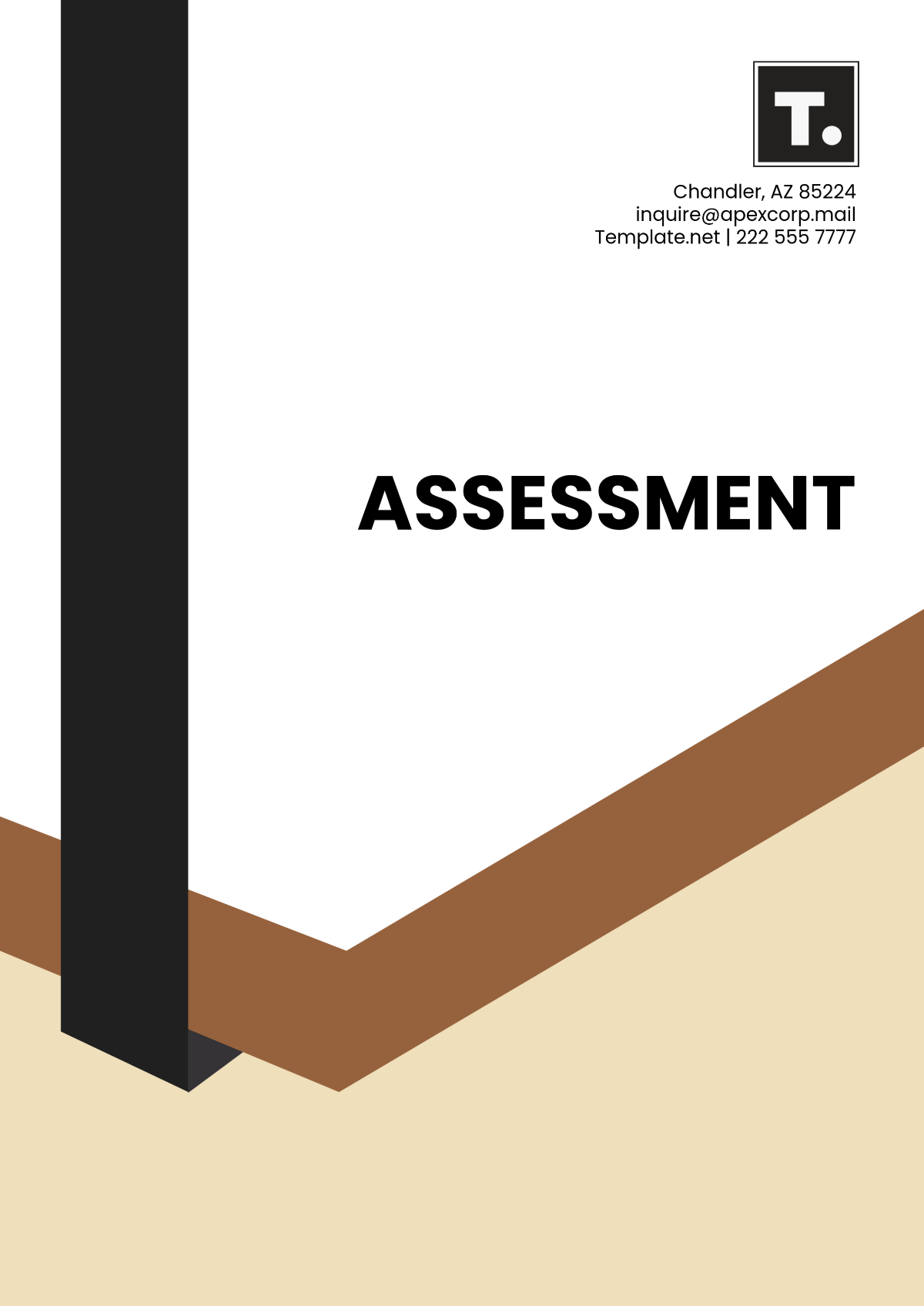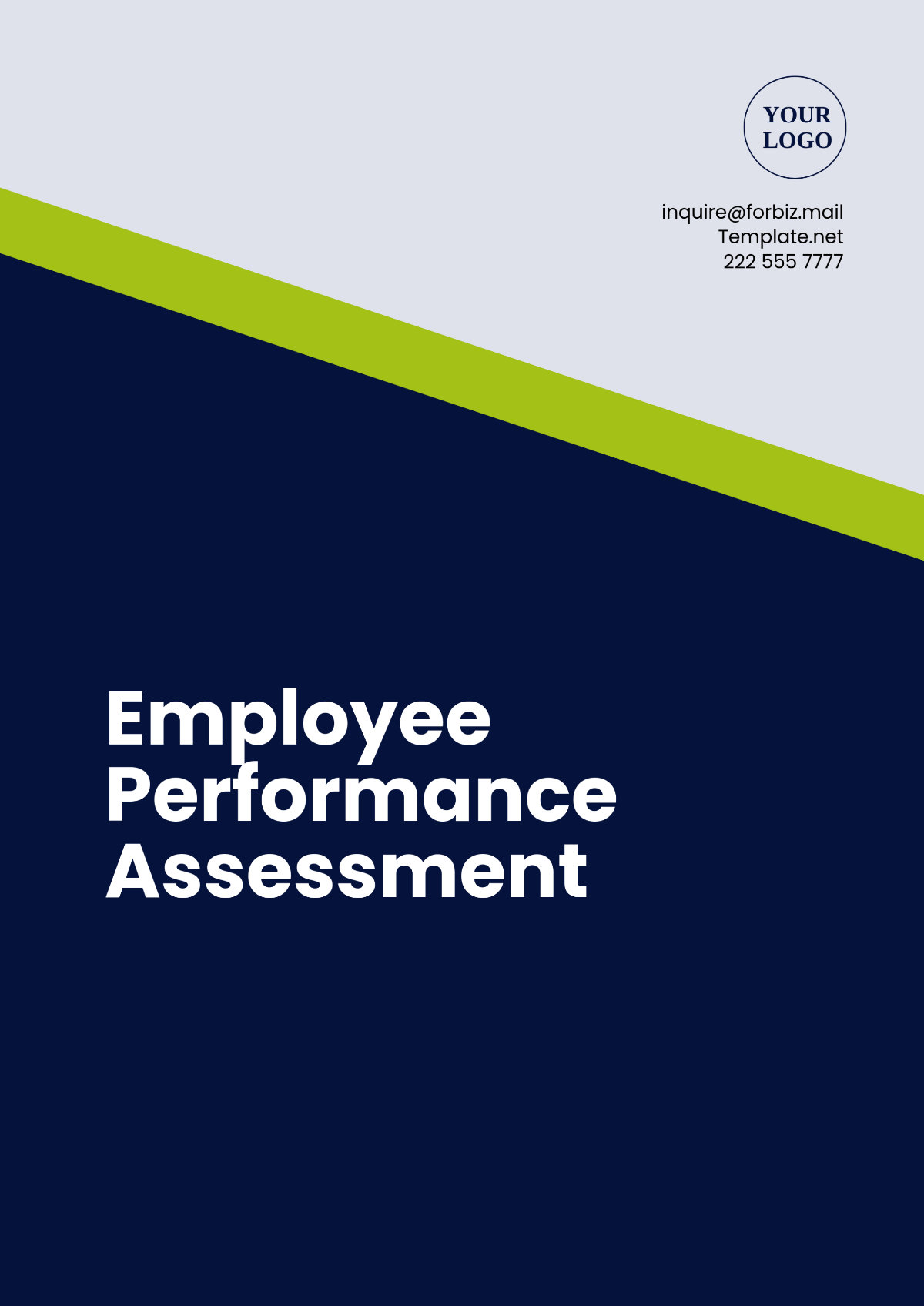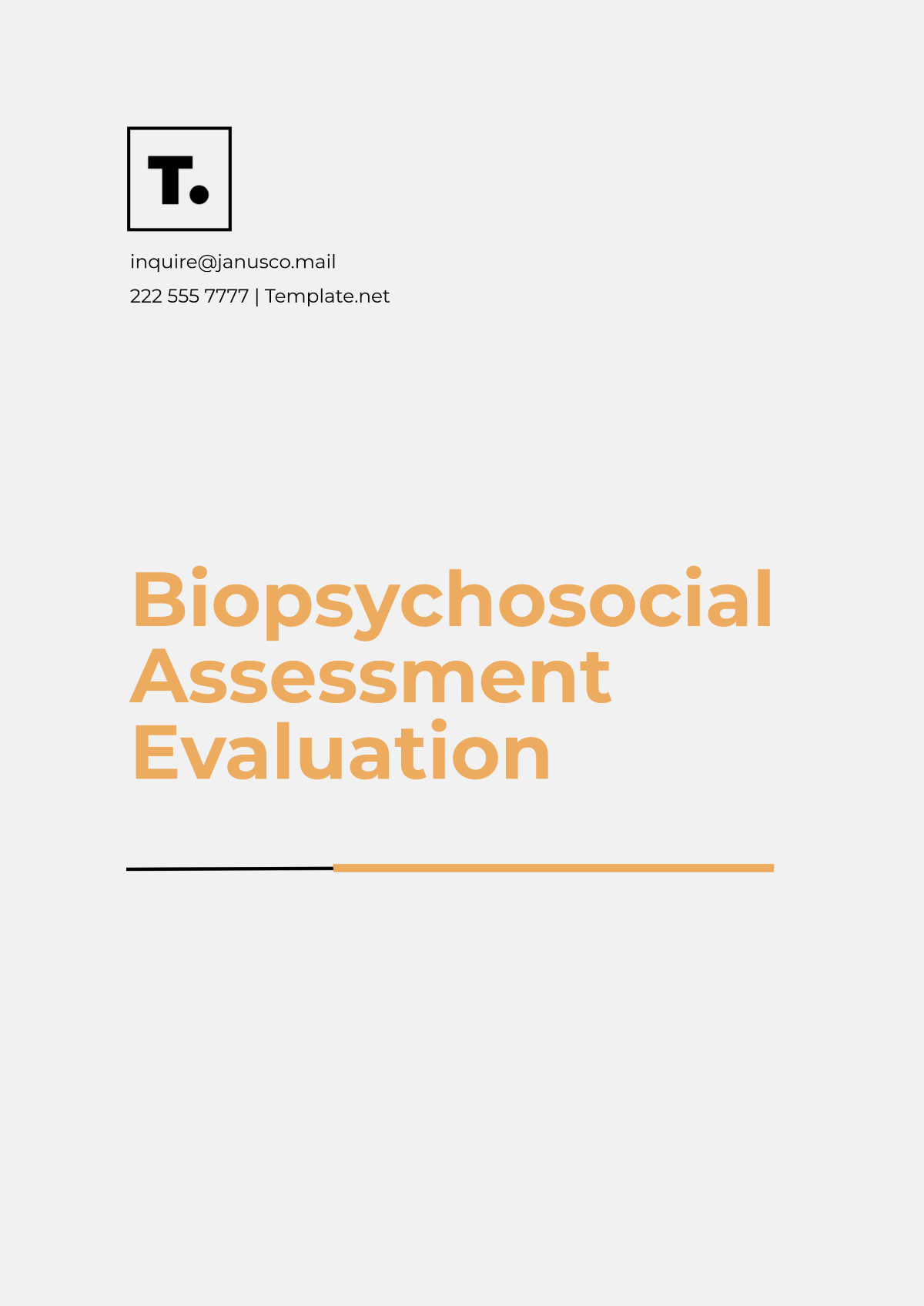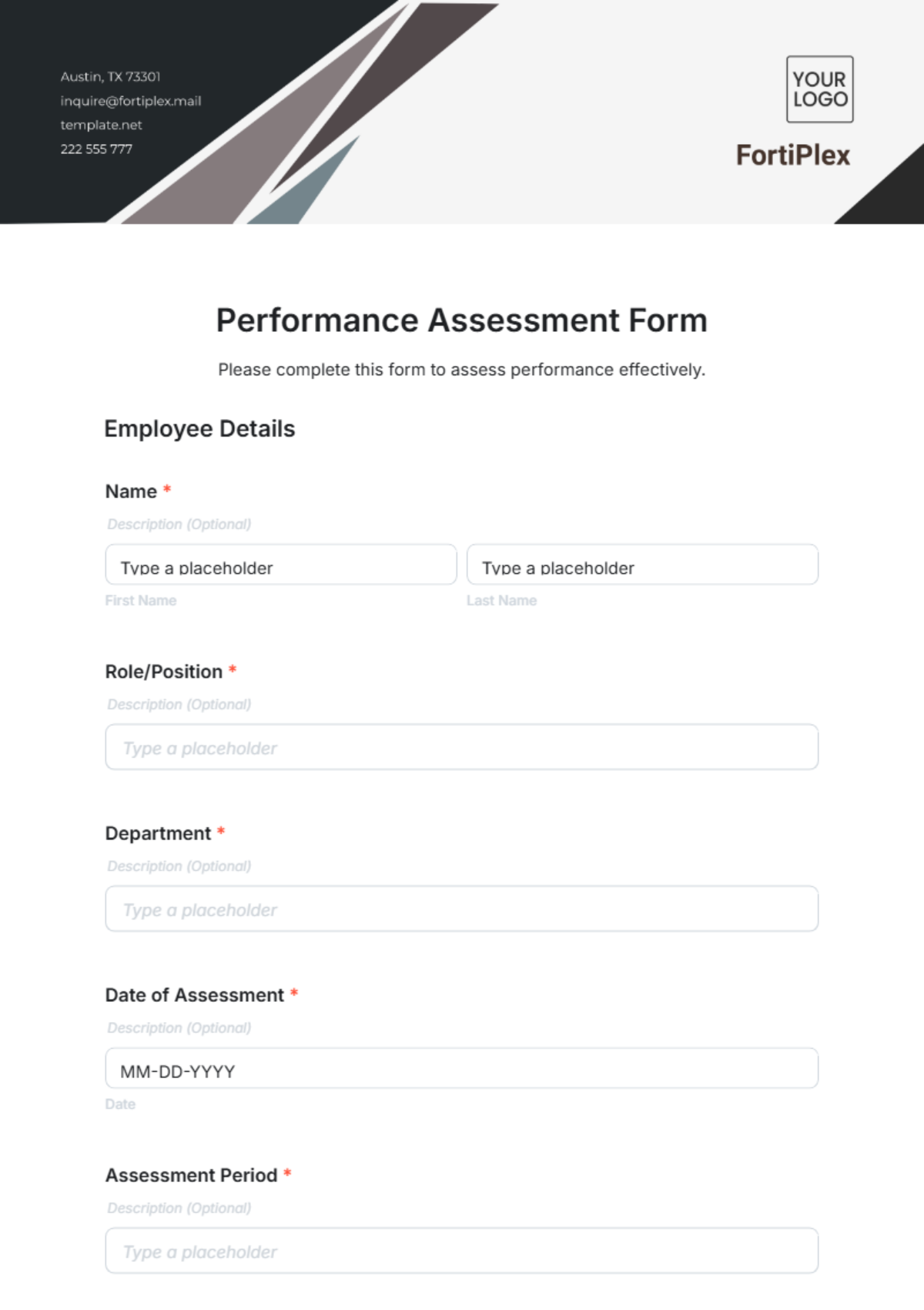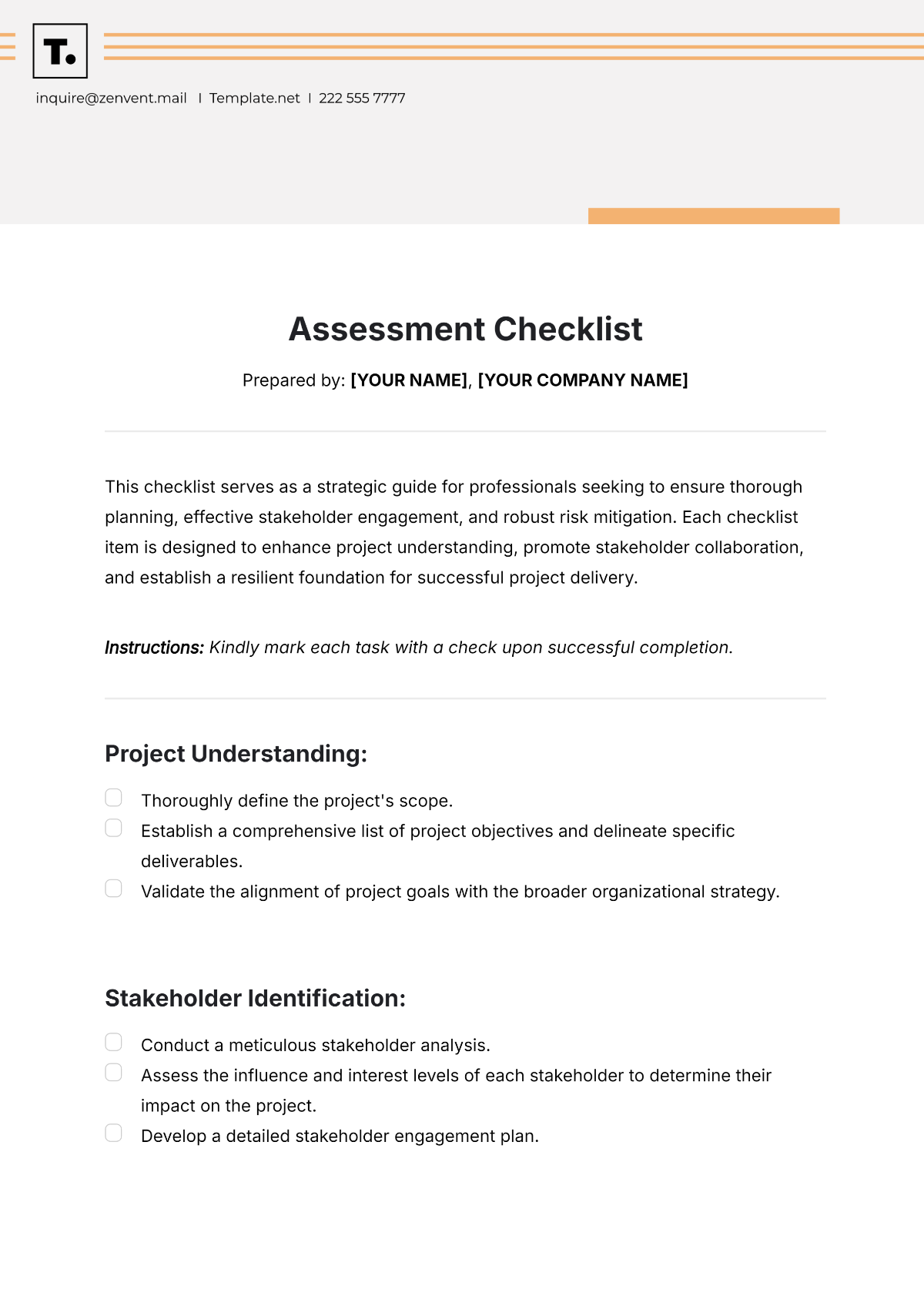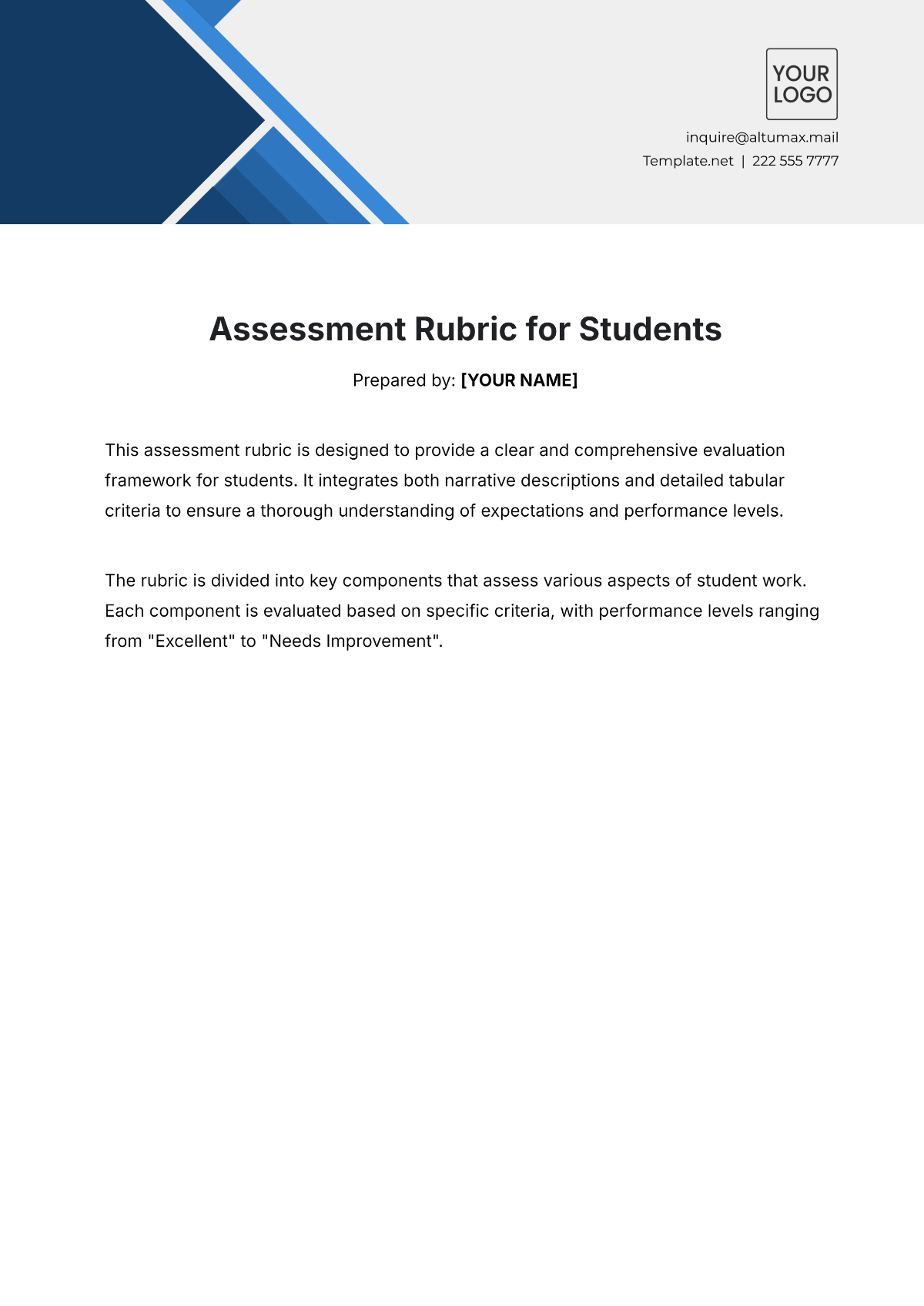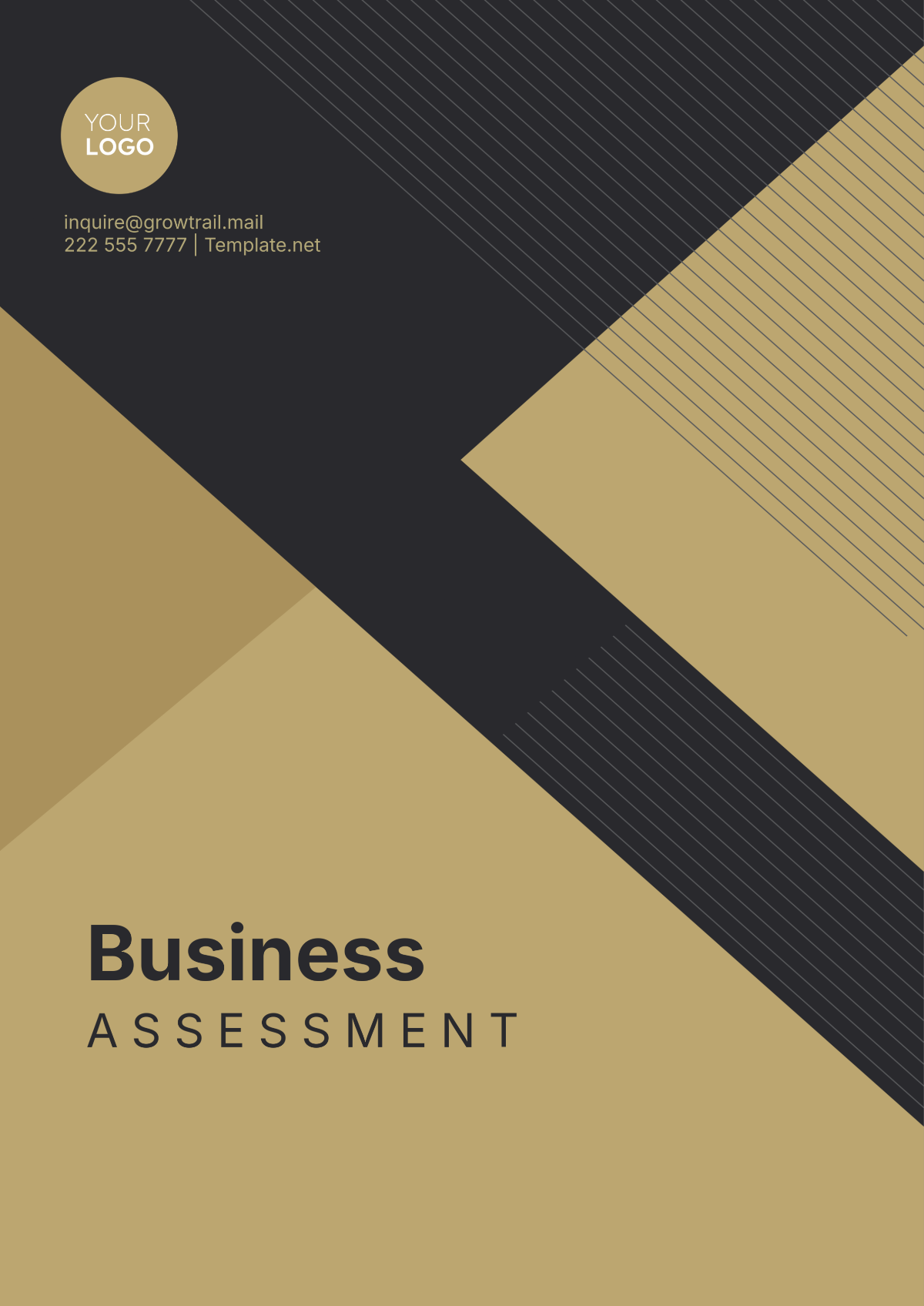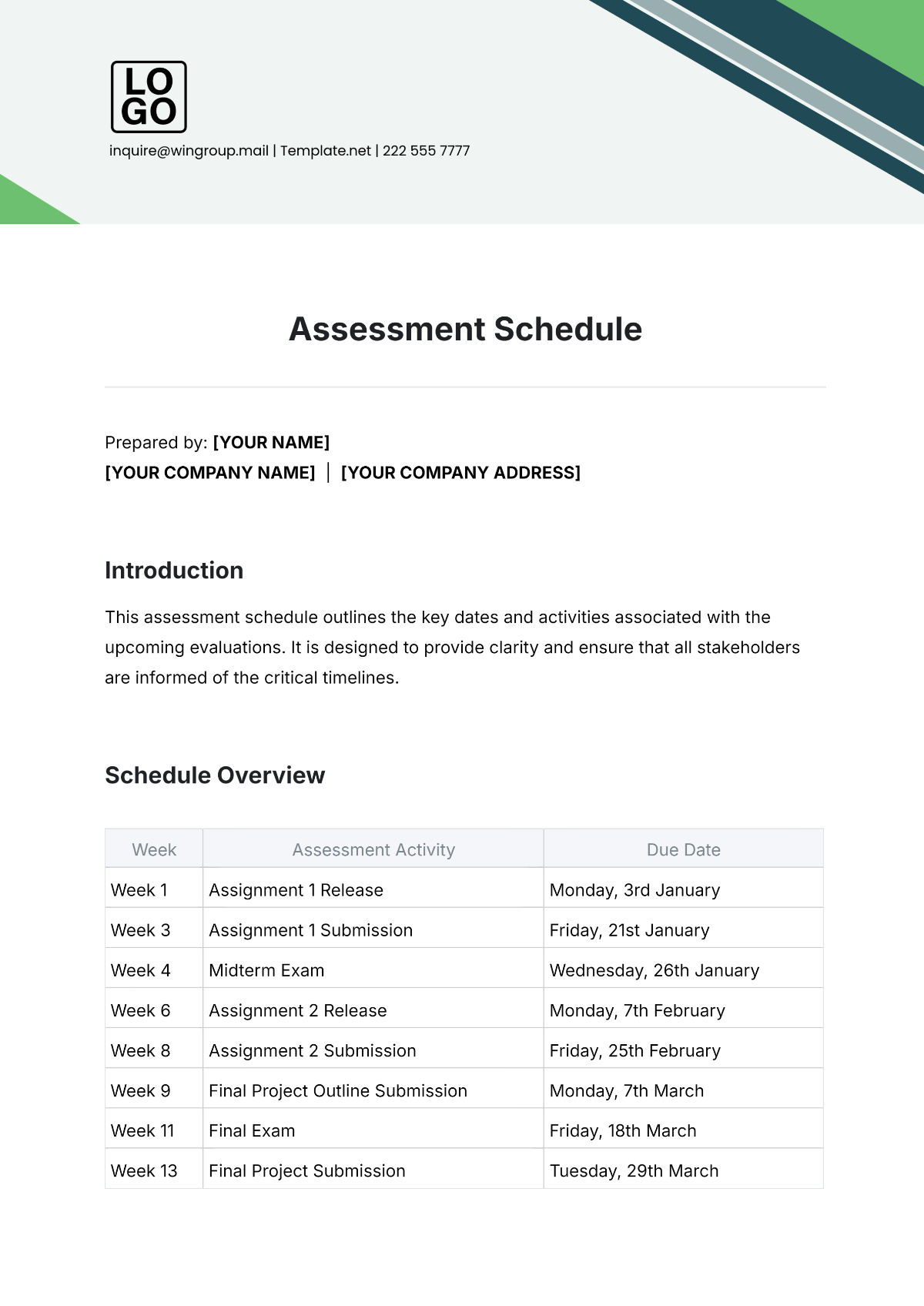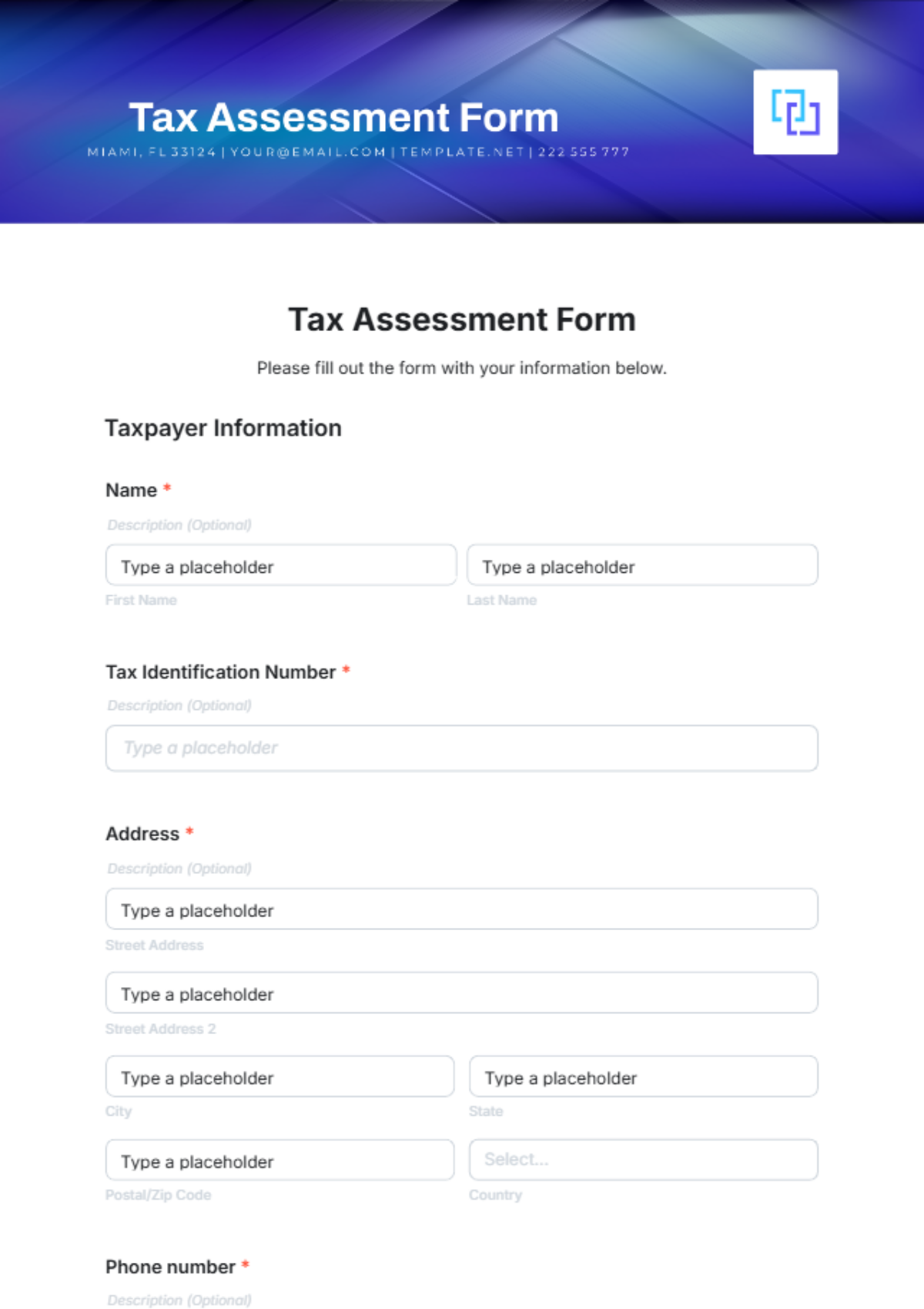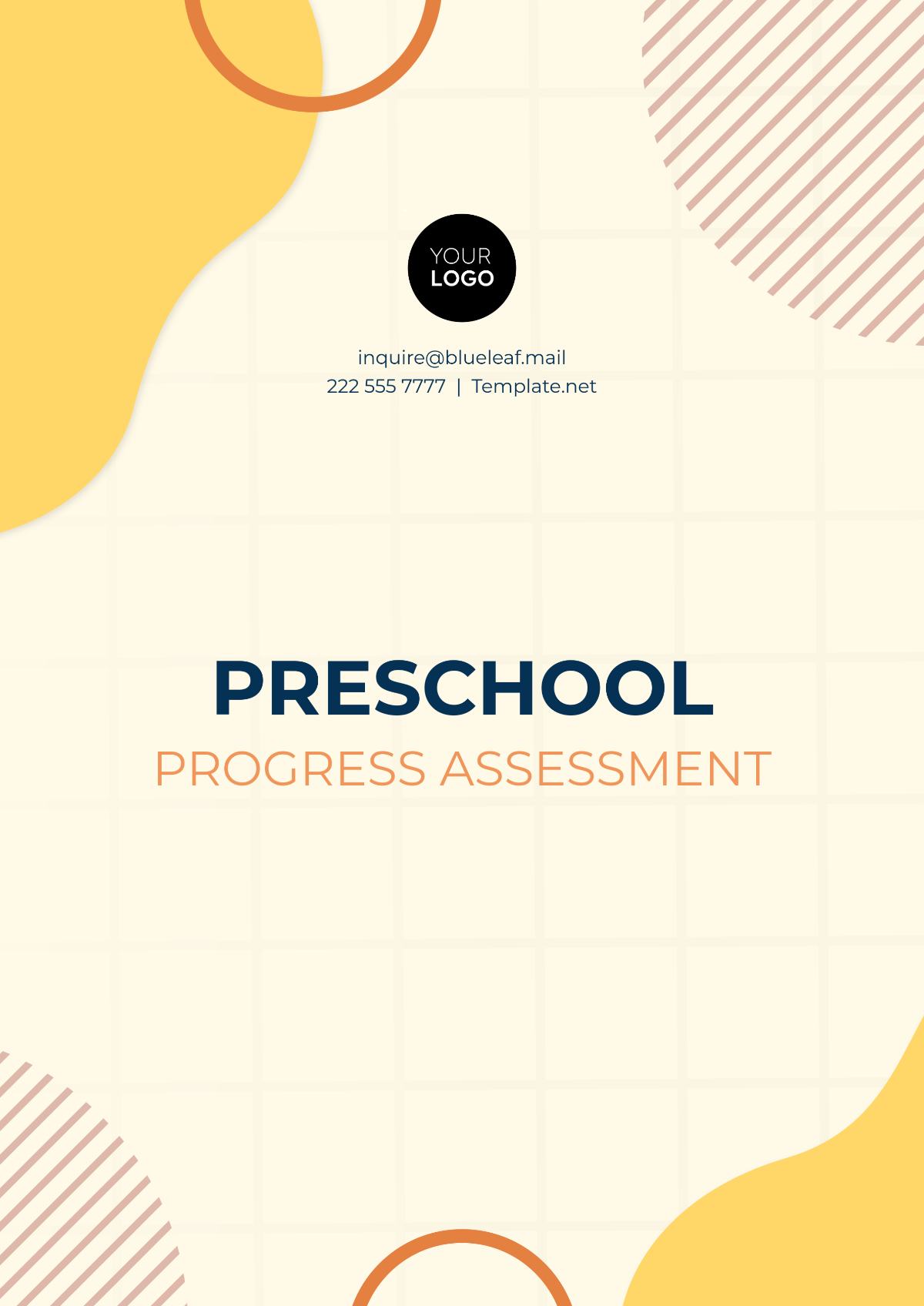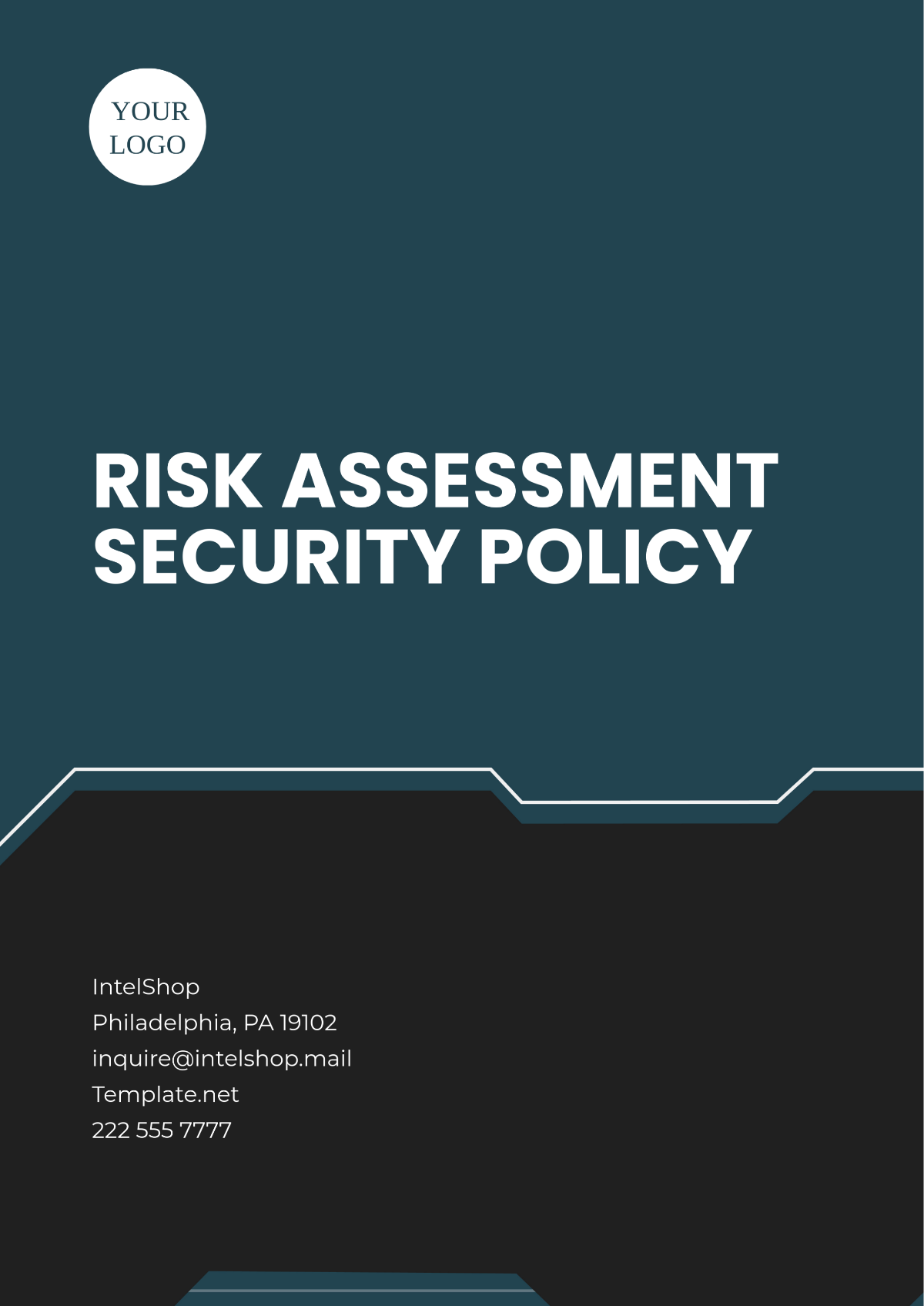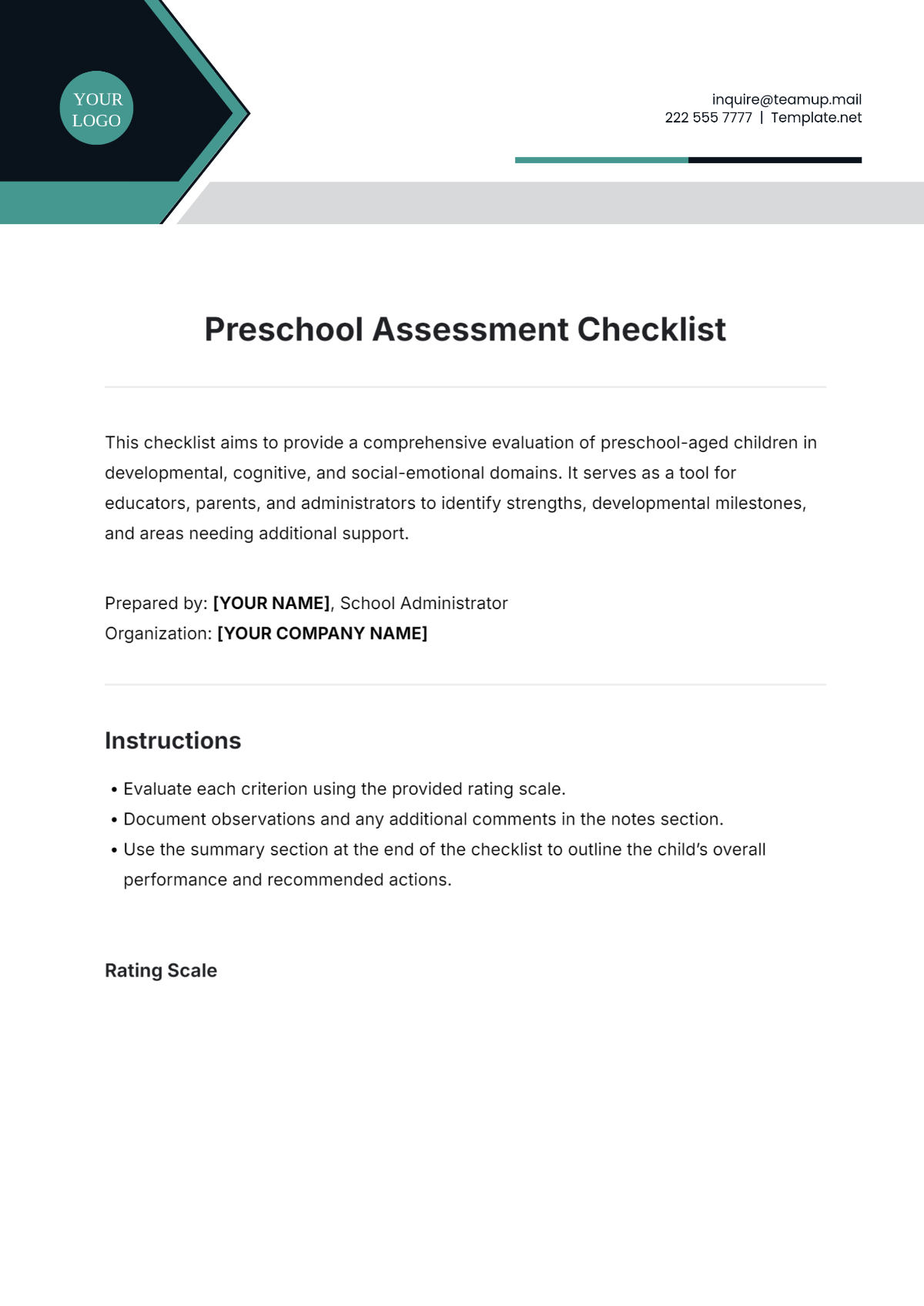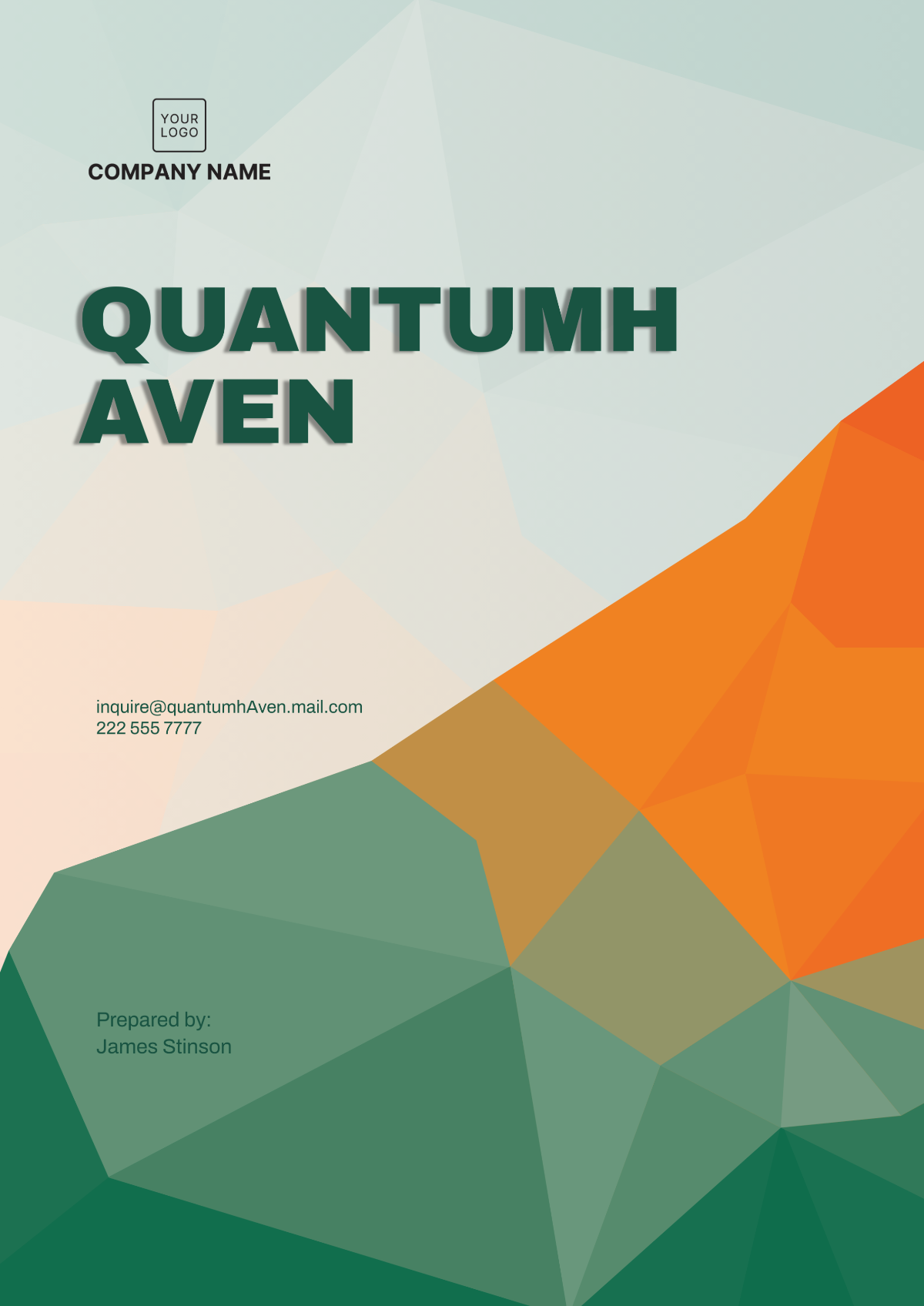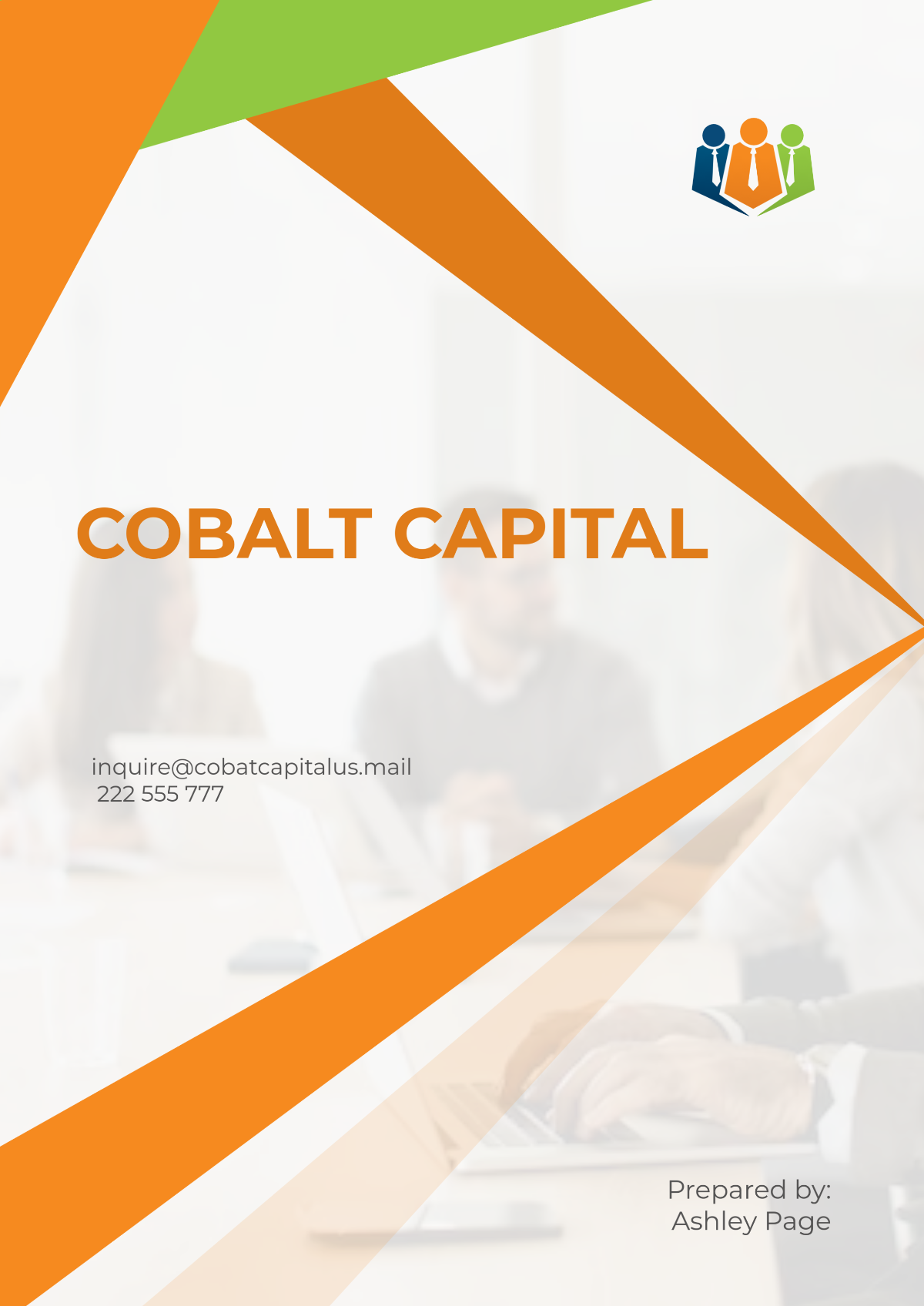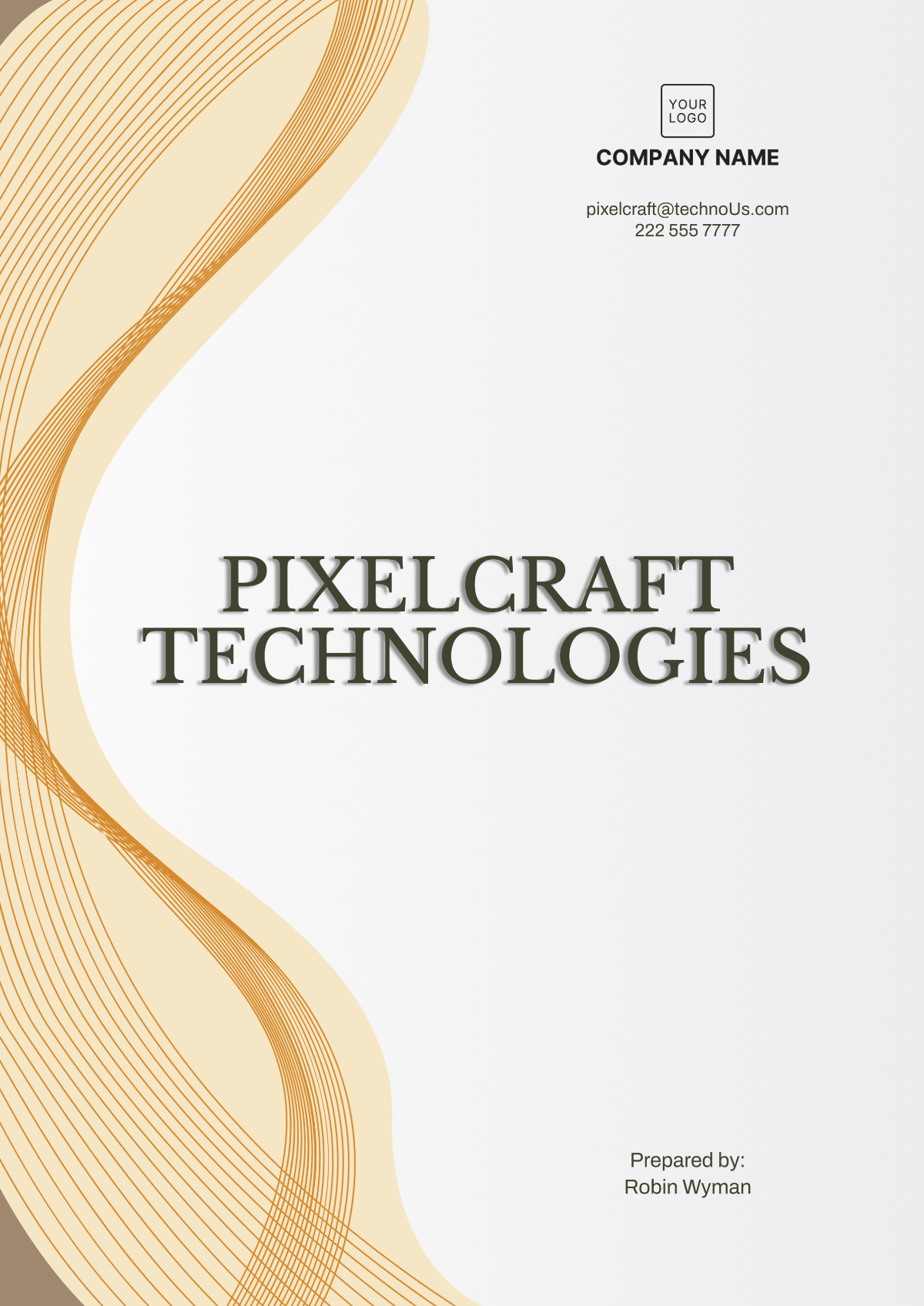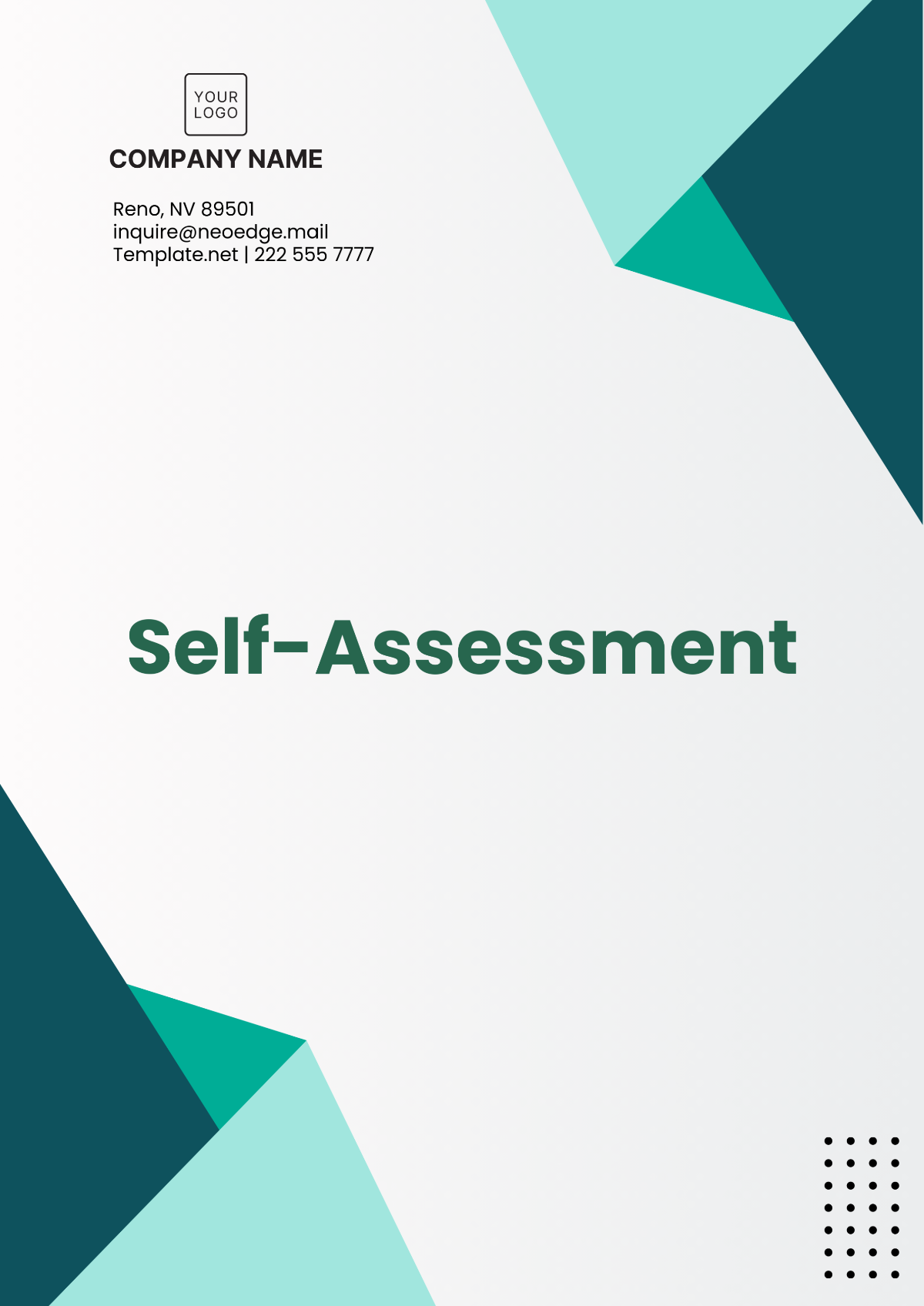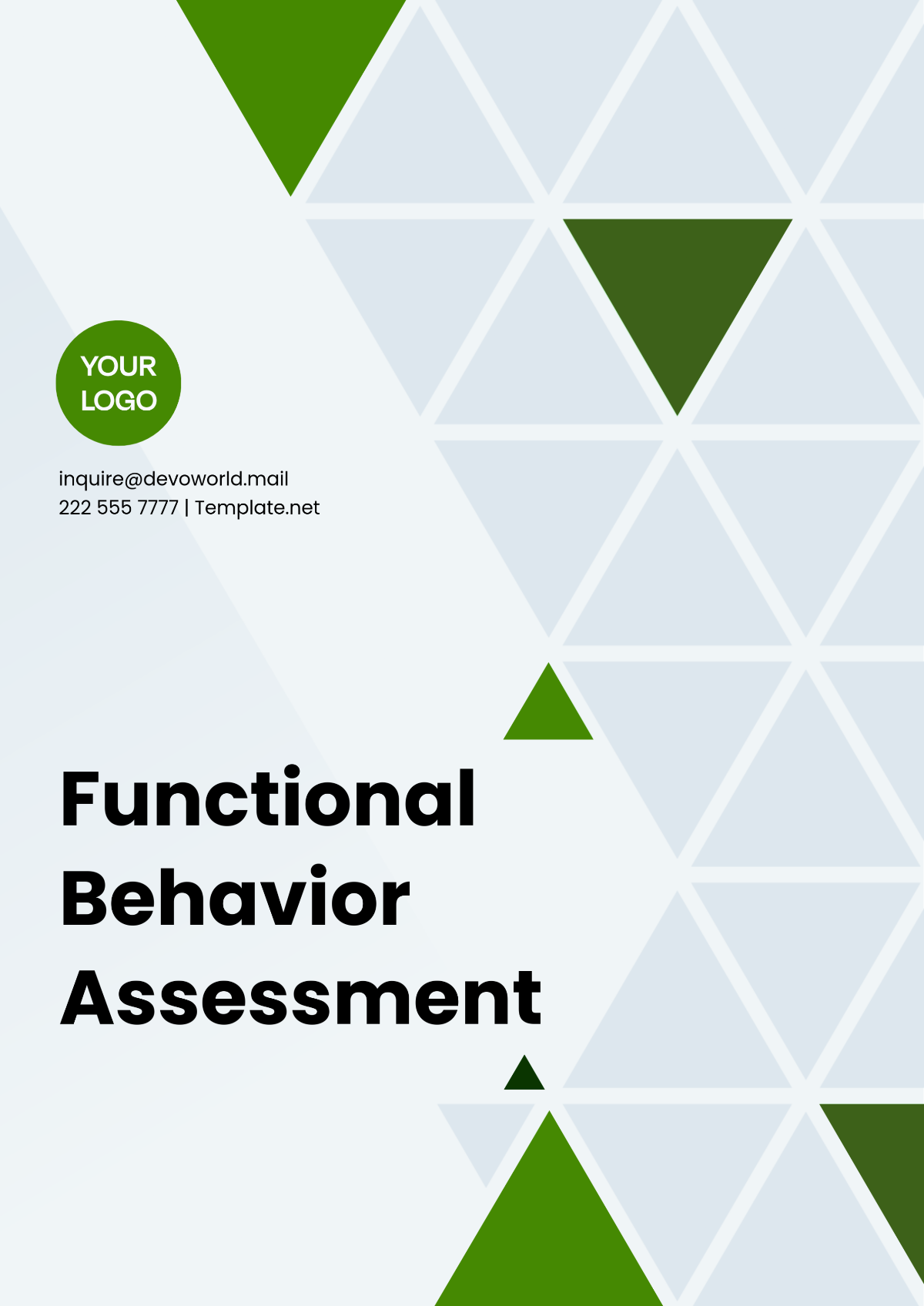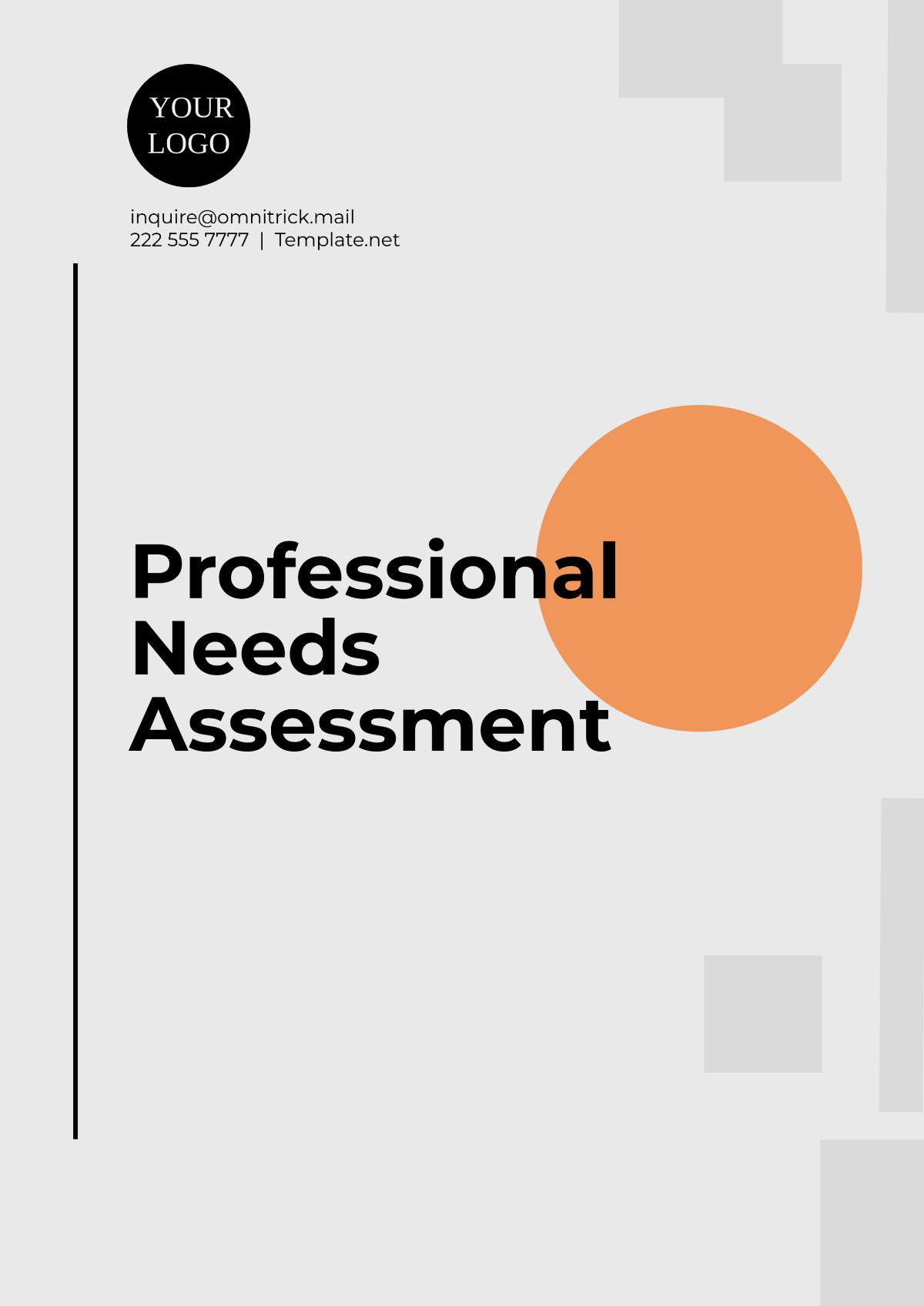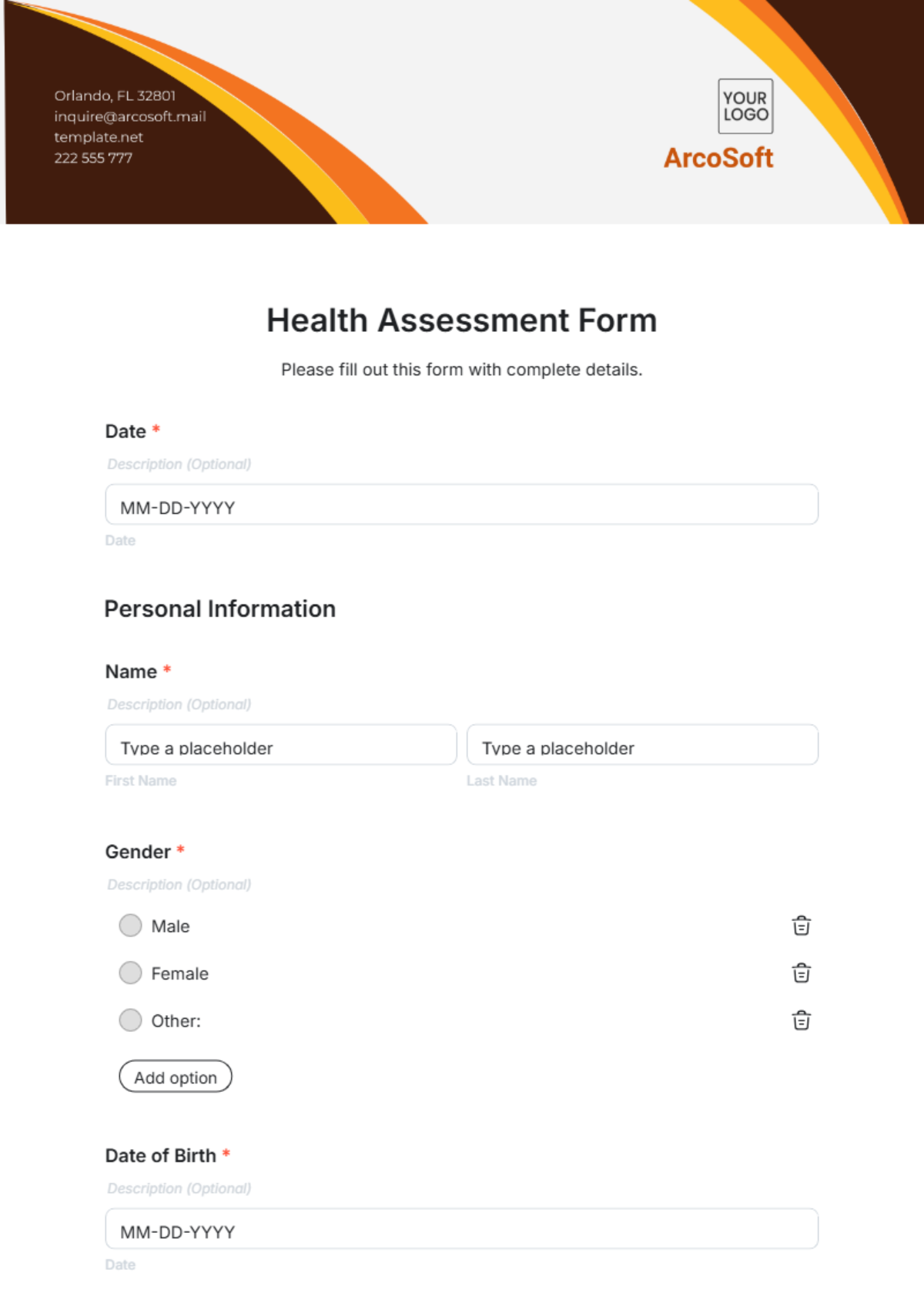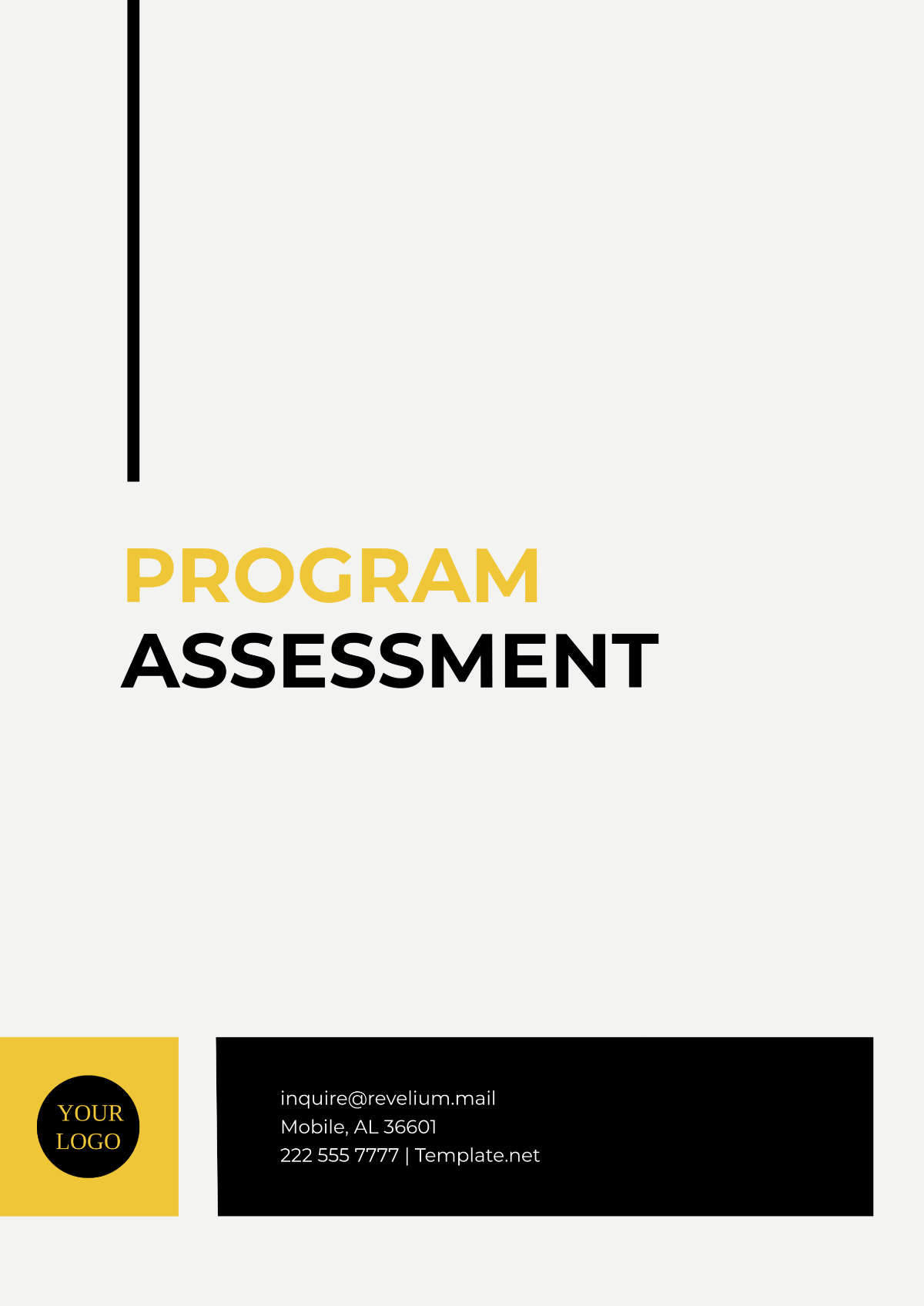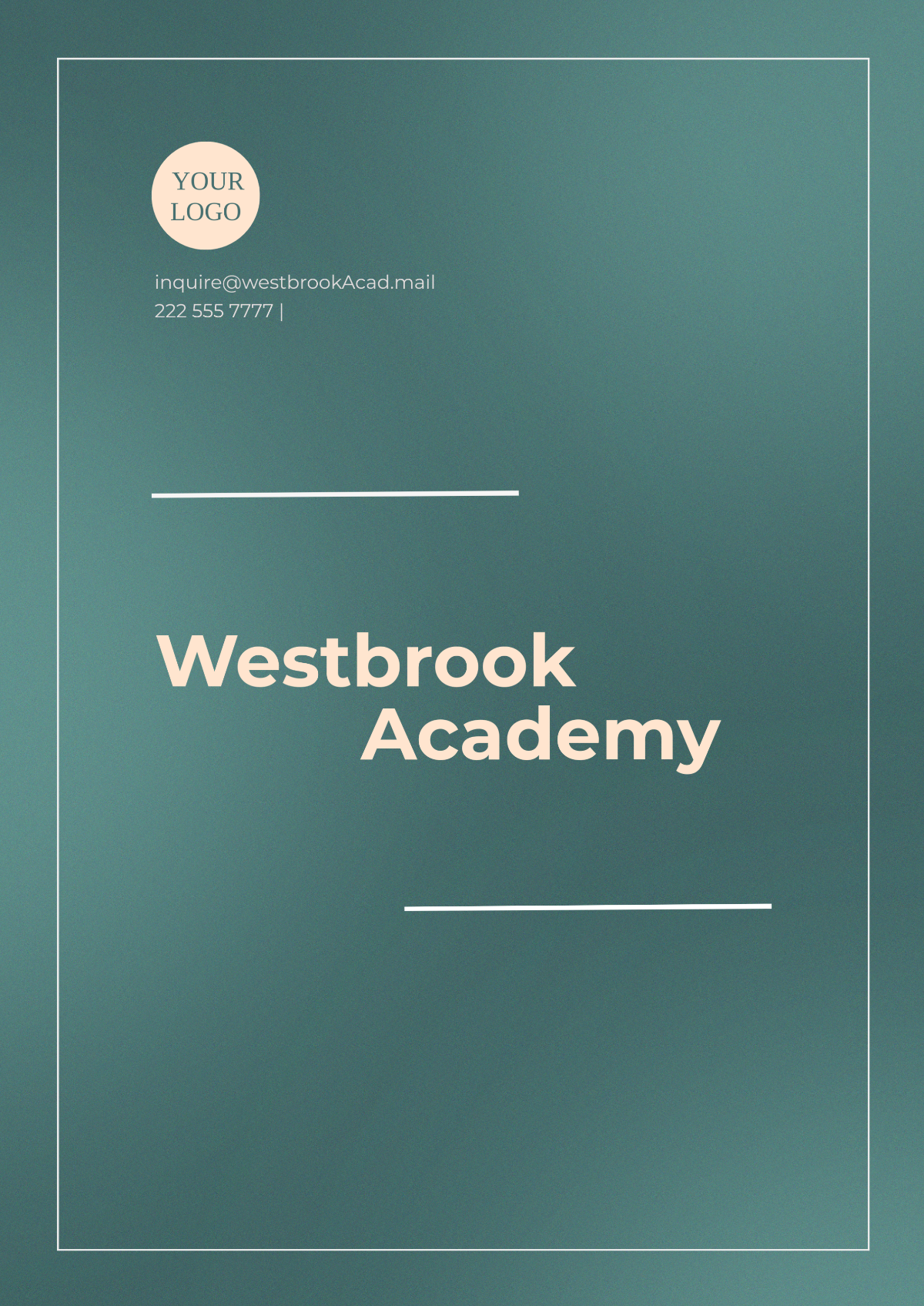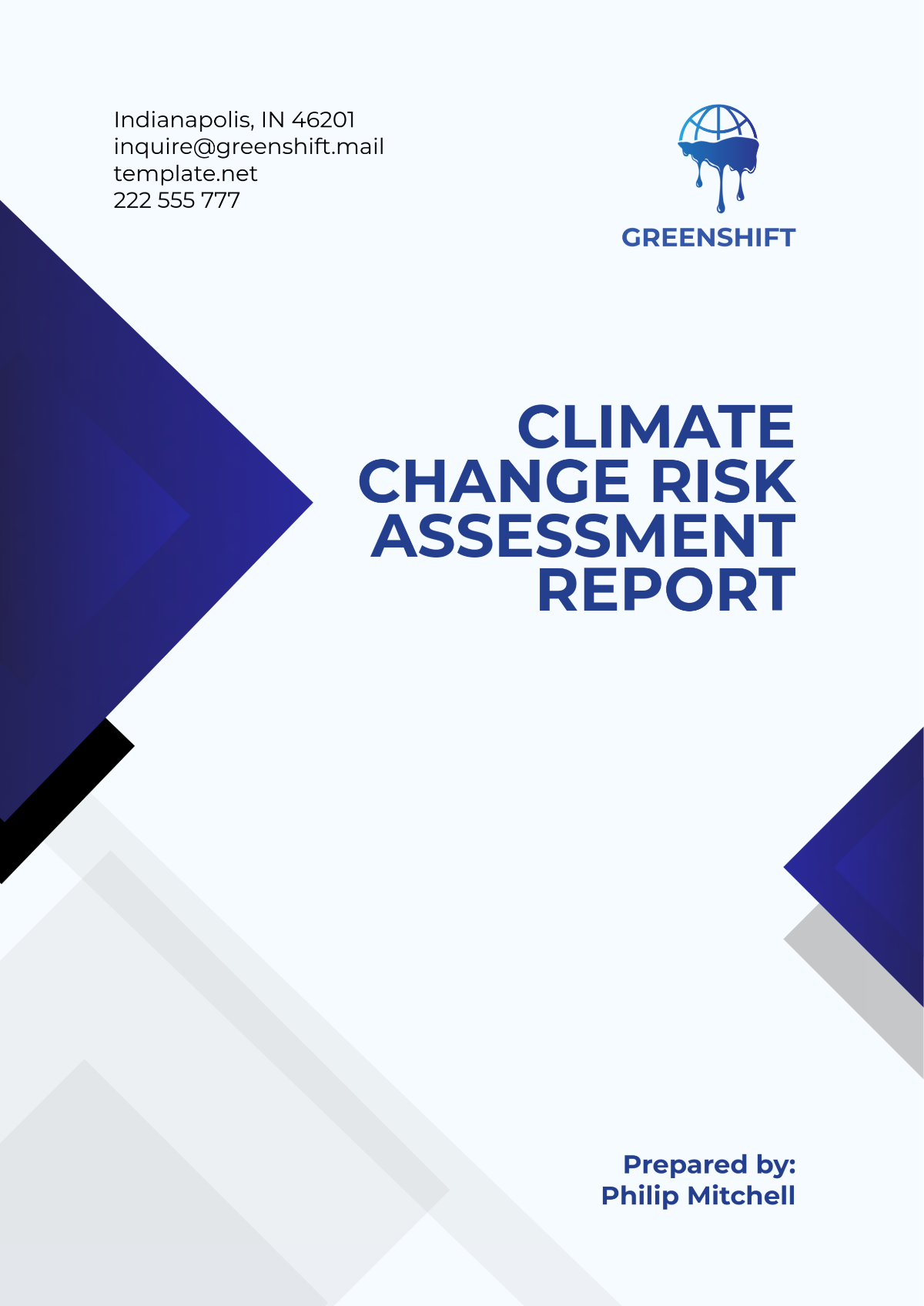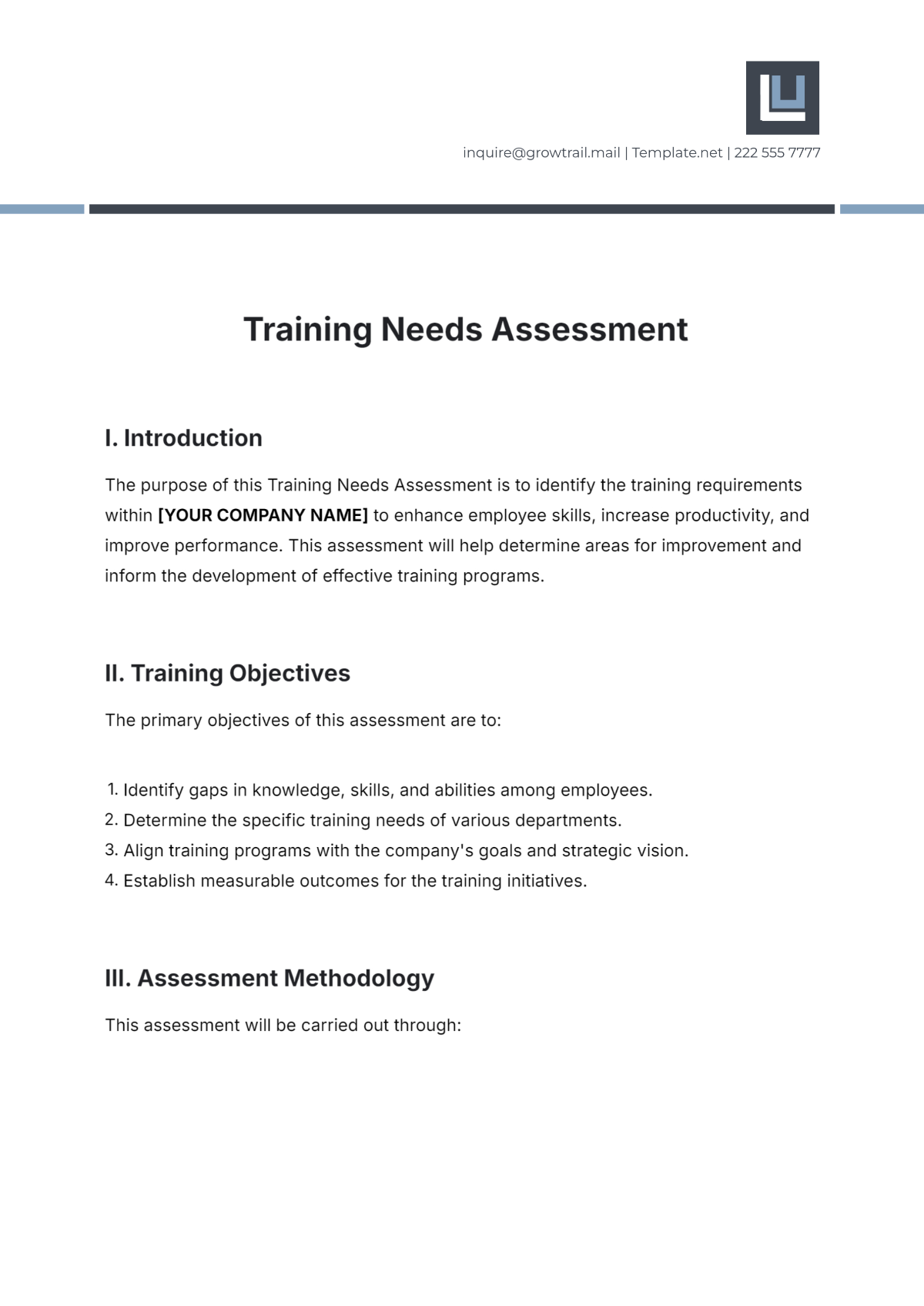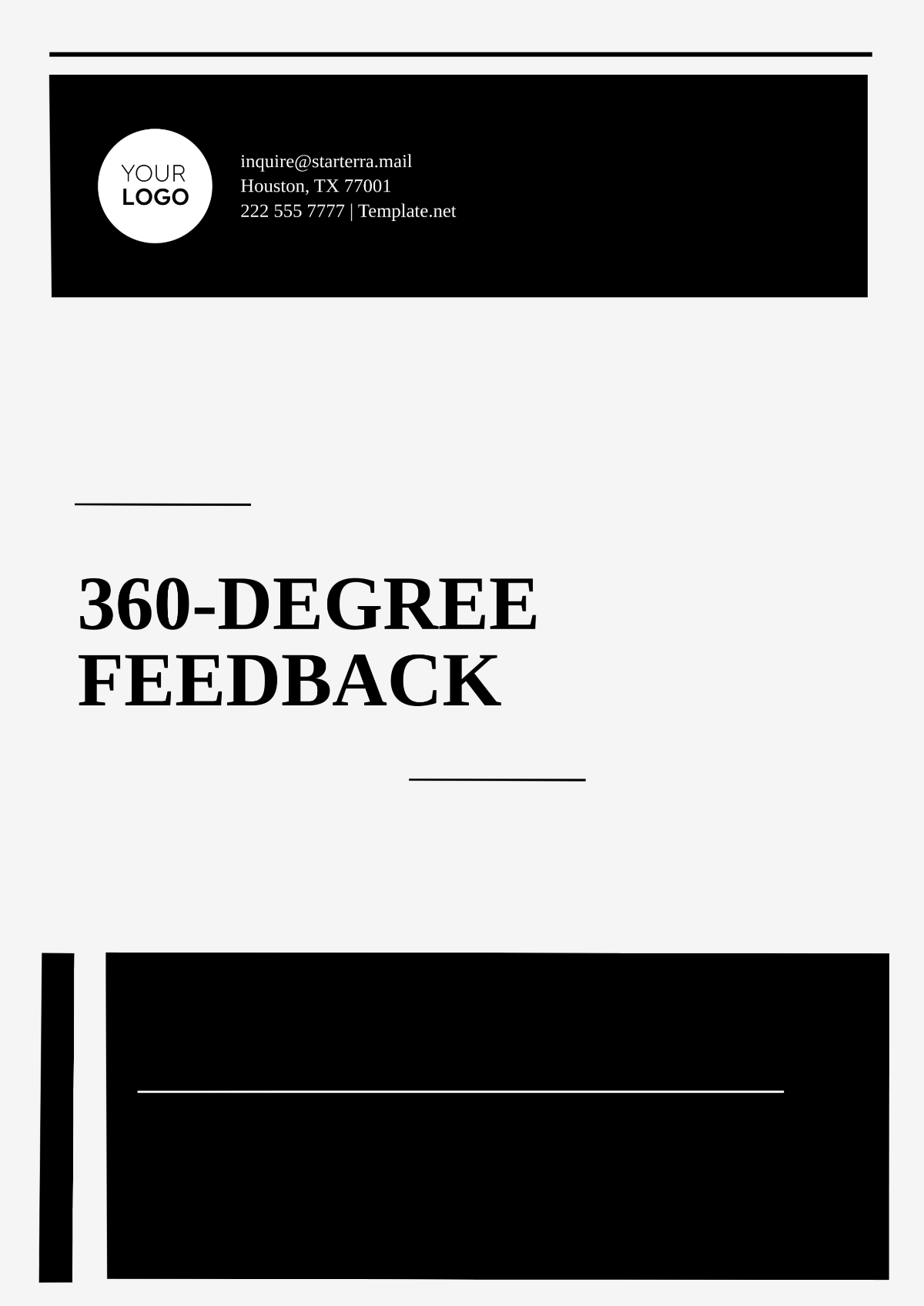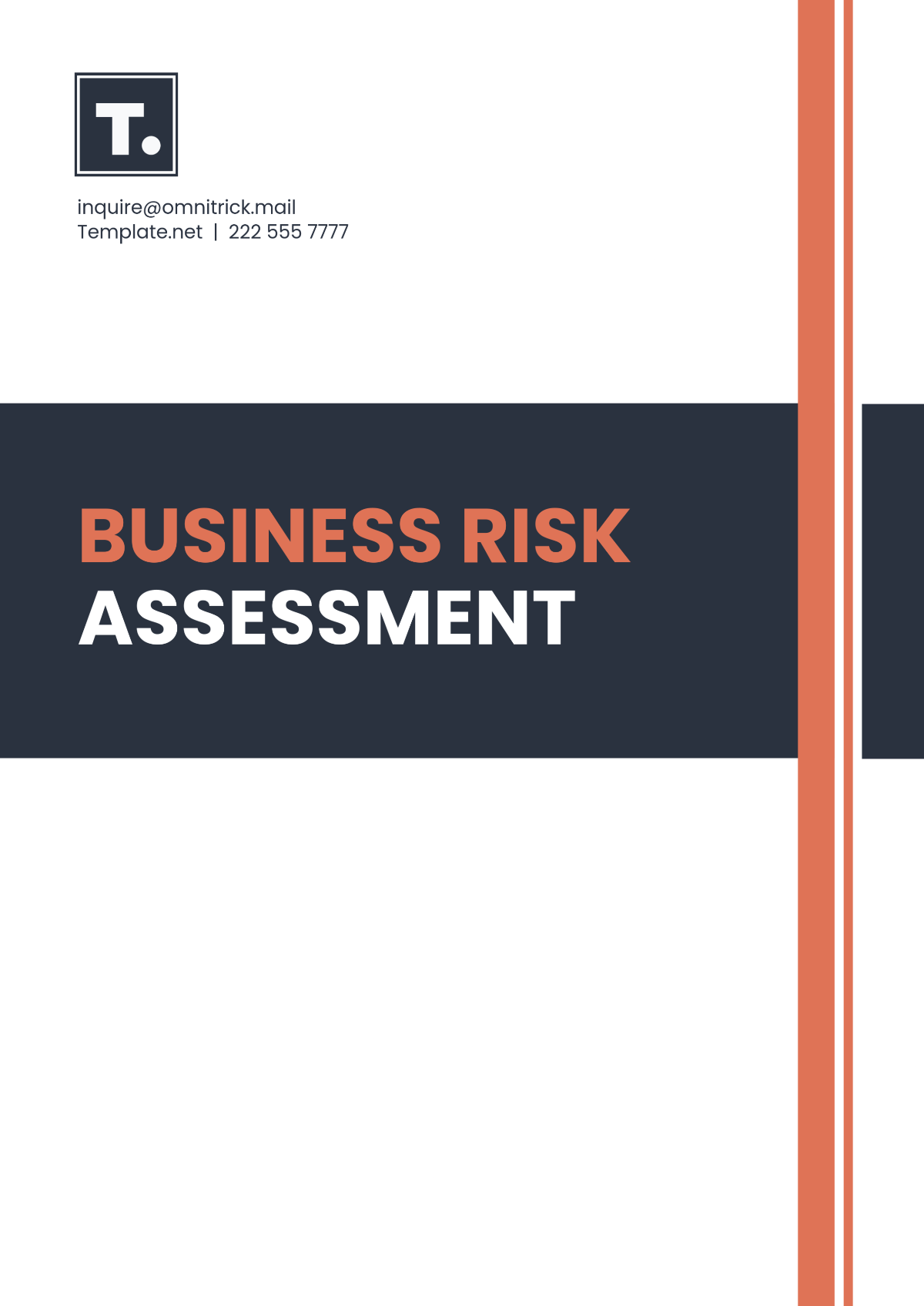Accounting Internal Audit Efficiency Assessment
Executive Summary
A. Overview
The Accounting Internal Audit Efficiency Assessment aims to evaluate the effectiveness of our internal audit processes within the accounting system. This assessment is vital for ensuring accuracy, compliance, and optimal resource utilization in an ever-evolving financial landscape.
B. Key Findings
After a thorough examination, key findings indicate a need for streamlining internal audit processes, addressing bottlenecks, and embracing technological solutions to enhance overall efficiency. These improvements will position us to meet industry standards and exceed regulatory expectations.
Introduction
A. Background
In the dynamic landscape of accounting, regular assessments of internal audit efficiency are essential to adapt to evolving industry standards and regulatory requirements. This assessment is conducted to ensure our processes align with the latest best practices, fostering a culture of continuous improvement.
B. Scope
This assessment covers the entire internal audit processes within the accounting system, encompassing departments responsible for financial reporting, compliance, and risk management. By evaluating this broad scope, we aim to comprehensively enhance the integrity and efficiency of our financial processes.
Methodology
A. Data Collection
Information was gathered through interviews with key stakeholders, reviews of audit documentation, and analysis of system logs. This multi-faceted approach ensures a comprehensive understanding of the current state, laying the foundation for targeted improvements.
B. Key Metrics
Metrics such as audit turnaround time, error rates in financial reports, and adherence to compliance standards were used to quantitatively assess the efficiency of internal audit processes. These metrics provide a measurable baseline for evaluating the success of implemented changes over time.
Current State Analysis
A. Process Flow
The current state analysis reveals a linear process flow with identified bottlenecks in the review and approval stages. Understanding these stages is crucial for implementing targeted improvements and fostering a more agile and responsive internal audit system.
B. Resource Utilization
Resource allocation analysis indicates areas of excess capacity in certain stages and potential bottlenecks in resource-intensive phases. This insight will guide adjustments for optimal resource utilization, ensuring that our teams are working efficiently and collaboratively.
Challenges and Opportunities
A. Identified Challenges
Challenges include manual data entry errors, communication gaps between departments, and delays in decision-making. Addressing these challenges is paramount to improving efficiency and establishing a foundation for more effective collaboration.
B. Opportunities for Improvement
Opportunities for improvement lie in the integration of automated data validation tools, enhanced communication channels, and the implementation of agile decision-making frameworks. By embracing these opportunities, we aim to create a more adaptive and responsive internal audit process.
Recommendations
A. Short-Term Recommendations
Immediate actions include the deployment of data validation software, targeted training programs for staff, and the establishment of a central communication platform. These initiatives will create quick wins and set the stage for sustained improvements.
B. Long-Term Recommendations
Strategic recommendations involve the adoption of advanced data analytics tools, continuous staff training programs, and the exploration of blockchain technology for secure and transparent audit trails. These long-term initiatives position us as industry leaders in adopting cutting-edge technologies for enhanced internal audit efficiency.
Implementation Plan
A. Timeline
Implementation will occur in phases over the next 12 months, with milestones including software deployment, training sessions, and process optimization. This phased approach allows for a systematic and controlled implementation of changes.
B. Responsible Parties
The IT department will oversee software deployment, HR will manage training programs, and department heads will be accountable for process optimization. Clear roles and responsibilities ensure a coordinated effort across the organization.
Monitoring and Evaluation
A. Key Performance Indicators (KPIs)
KPIs include a 20% reduction in audit turnaround time, a 15% decrease in data entry errors, and a 90% compliance adherence rate. These KPIs serve as tangible measures of success, guiding our ongoing efforts to continually enhance internal audit efficiency.
B. Review Schedule
Quarterly reviews will be conducted to monitor KPIs and assess the ongoing effectiveness of implemented changes. This regular evaluation ensures that our internal audit processes remain adaptive and responsive to the evolving needs of our organization.
